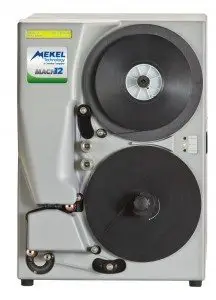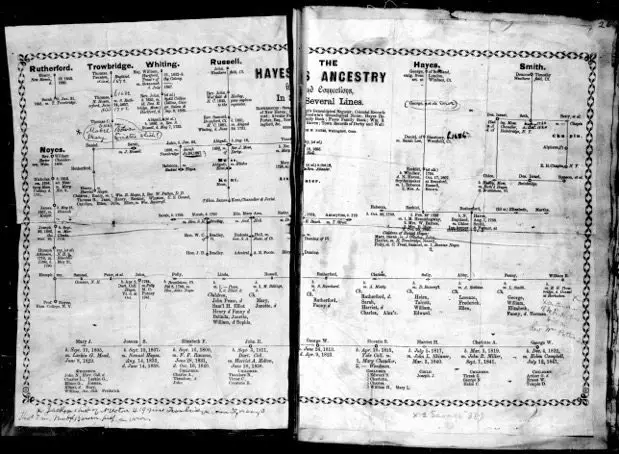Digitizing Presidential Collections for UVA Miller Center

Digitizing Collections: Microfilm Rolls of Historical Content
Crowley Imaging digitized a combined 382 reels (or nearly 750,000 images) of 35mm microfilm for the Miller Center from three collections: the Papers of James Monroe in Virginia Repositories (provided by the Wisconsin Historical Society); the Millard Fillmore Papers (provided by the Buffalo History Museum); and the Papers of Rutherford B. Hayes (provided by the Hayes Presidential Center).

How it Happened: Digitizing the Collection
Once scanned, Crowley Imaging delivered the grayscale uncompressed TIFF images to the Miller Center for post-processing and the original microfilm rolls to their respective owners. The Miller Center purchased a Quantum Process software license to perform the image processing in-house. Mekel Technology’s proprietary Quantum software, utilized with the MACH-series production fiche and film scanners, is a two-part solution that enables users to scan the images with a variety of image capture settings and then process the images with a full range of editing tools and output options. Stephens explains, “We wanted the ability to return to the original scans and reprocess them as needed. Due to the variable quality of this material, which contains manuscripts of significant age, we wished to experiment with different framing and color correction throughout the duration of our work.” For this reason, it was important to the Miller Center to have the ability to post-process in-house.

Part of the post-processing will include extensive indexing and metadata entry. Stephens, as the primary user of the QuantumProcess software, will be entering information including the batch/roll number and film condition. This information was collected in a project manifest by Crowley Imaging operators at the time of capture. Stephens explains the need for such detailed metadata and indexing, saying, “We chose these microfilm rolls as representative collections of Presidential papers from the 19th Century and there is considerable variation within and between these collections. They were microfilmed at different times by different organizations while generally adhering to the relevant national standards for historical preservation via microfilm. As we move from analog to digital imaging, we thought it important to document the facts of the analog photography, for example, the type and manufacturer of the film stock. Many of these features are documented in the film as it is photographed. For example, one of our three collections annotated the film stock, reduction ratio, background density and image resolution, while the other two did not. Some features can be deduced from examination of the film, but with a digital copy this is not always possible. It is conceivable that future curators will come across a digitized version of these collections and the full provenance of the artifacts, along with details of both analog and digital photographic processes, should be found with the images themselves. It’s part of the archival record. For example, we will be documenting the use of the Mekel MACH12 as the means of digitization so that future curators will know how these digital images came to be.”
Stephens summarizes, “This material was digitized for research purposes, with an eye toward long-term preservation and access. We’re hopeful that these images, and many more like them, will eventually be available on the web.”
Learn more about the digitizing Collections & The capabilities of Crowley Imaging
For more information on the digital and analog conversion services offered by Crowley Imaging, please visit our website or call (240) 215-0224. General inquiries can be emailed to [email protected]. Stay connected and follow The Crowley Company on Facebook, Twitter, Google+, LinkedIn, Pinterest and YouTube.

[2] Film cleaning capability on the MACH-series roll film scanners is available by utilizing the optional film cleaning rollers – custom technology that cleans film as it scans.
